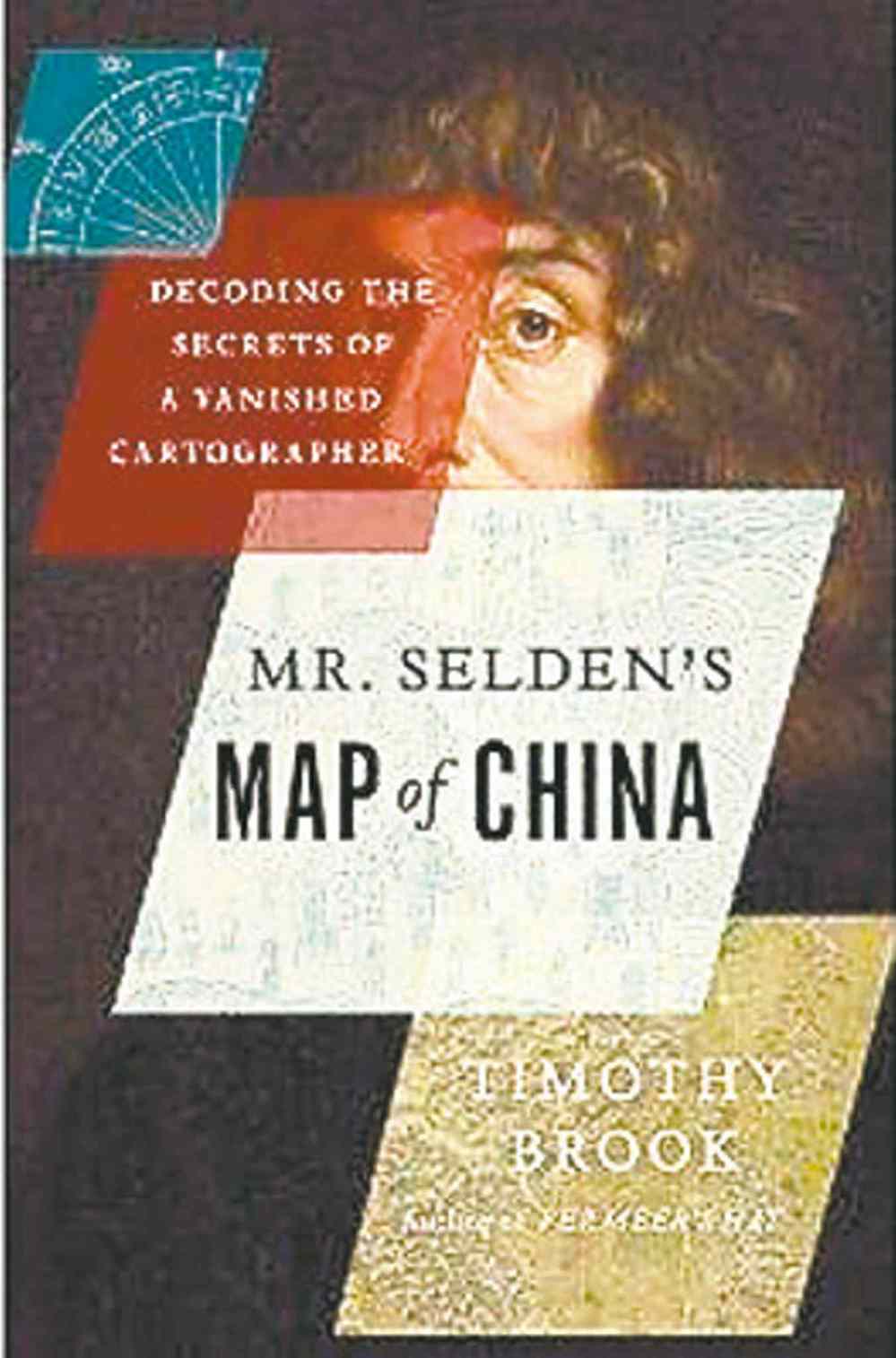Map history gets lost in thicket of details
Advertisement
Read this article for free:
or
Already have an account? Log in here »
To continue reading, please subscribe:
Monthly Digital Subscription
$1 per week for 24 weeks*
- Enjoy unlimited reading on winnipegfreepress.com
- Read the E-Edition, our digital replica newspaper
- Access News Break, our award-winning app
- Play interactive puzzles
*Billed as $4.00 plus GST every four weeks. After 24 weeks, price increases to the regular rate of $19.00 plus GST every four weeks. Offer available to new and qualified returning subscribers only. Cancel any time.
Monthly Digital Subscription
$4.75/week*
- Enjoy unlimited reading on winnipegfreepress.com
- Read the E-Edition, our digital replica newspaper
- Access News Break, our award-winning app
- Play interactive puzzles
*Billed as $19 plus GST every four weeks. Cancel any time.
To continue reading, please subscribe:
Add Free Press access to your Brandon Sun subscription for only an additional
$1 for the first 4 weeks*
*Your next subscription payment will increase by $1.00 and you will be charged $16.99 plus GST for four weeks. After four weeks, your payment will increase to $23.99 plus GST every four weeks.
Read unlimited articles for free today:
or
Already have an account? Log in here »
Hey there, time traveller!
This article was published 28/09/2013 (4413 days ago), so information in it may no longer be current.
Looking at a historical map can transport you to not only another place, but another time.
A book about a historical map should capture that magic. Timothy Brook’s latest work captures a bit, but not enough.
Brook is a University of British Columbia history professor, and the author and editor of a dozen books on China, as well as the award-winning Vermeer’s Hat (2008).

The map of title is a rare and beautiful watercolour representation of China and Southeast Asia that also shows major 17th-century Far East shipping routes.
Once upon a time it was the last word in maritime cartography for that part of the world.
“During the first half of the 17th century the Selden map was the most accurate chart of the South China Sea in existence,” Brook writes. “There had never been a better map, and for another four decades there wouldn’t be another.”
John Selden, a London lawyer, political activist and Orientalist scholar, bequeathed it by his will to Oxford’s Bodleian Library in 1659.
And there it languished, undisturbed in the bowels of the library, until rediscovered in the early 21st century by a visiting American scholar, Robert Batchelor of Georgia Southern University.
Who drew the map, when, and where are parts of the puzzle Brook tries to solve. But even the way Selden acquired it is pure conjecture.
To make investigations and ruminations about a four-centuries-old Chinese map the centrepiece of a 200-plus-pages work, the mystery of its origins has to be a doozy.
Brook teases out the mystery behind the map. But it’s not compelling enough to carry the extended story he unfolds.
Though the map is Brook’s notional subject, it’s his springboard to broader historical inquiry.
As he puts it: “I take the map as an occasion to explore the age in which it was made. It was an age of remarkable creativity and change. New vistas were opening, old horizons faltering, accepted truths giving way to controversial new ideas.”
Sometimes the book’s appeal goes beyond mapheads (the new term for map lovers). But too often Brook veers off into digressions about historical minutiae that could only be of interest to historical geographers.
A couple of chapters even have a filler feel about them. Worse yet, they interrupt the narrative flow just as it starts to pick up speed.
For example, a lengthy chapter about the insertion of a compass rose — the circular direction-indicating icon on all Western maps, but unheard of on Chinese maps until the 20th century — becomes a technical disquisition on sea charts and plotting courses that could have been delivered in a shorter, more-layperson-friendly version.
Brook is learned and lucid and, when so-minded and the material permits, he writes with a verve rare in academic historians.
But the story of Selden’s map would have worked far better as a shorter book, or even a long magazine piece.
Douglas J. Johnston is a Winnipeg lawyer and writer.

